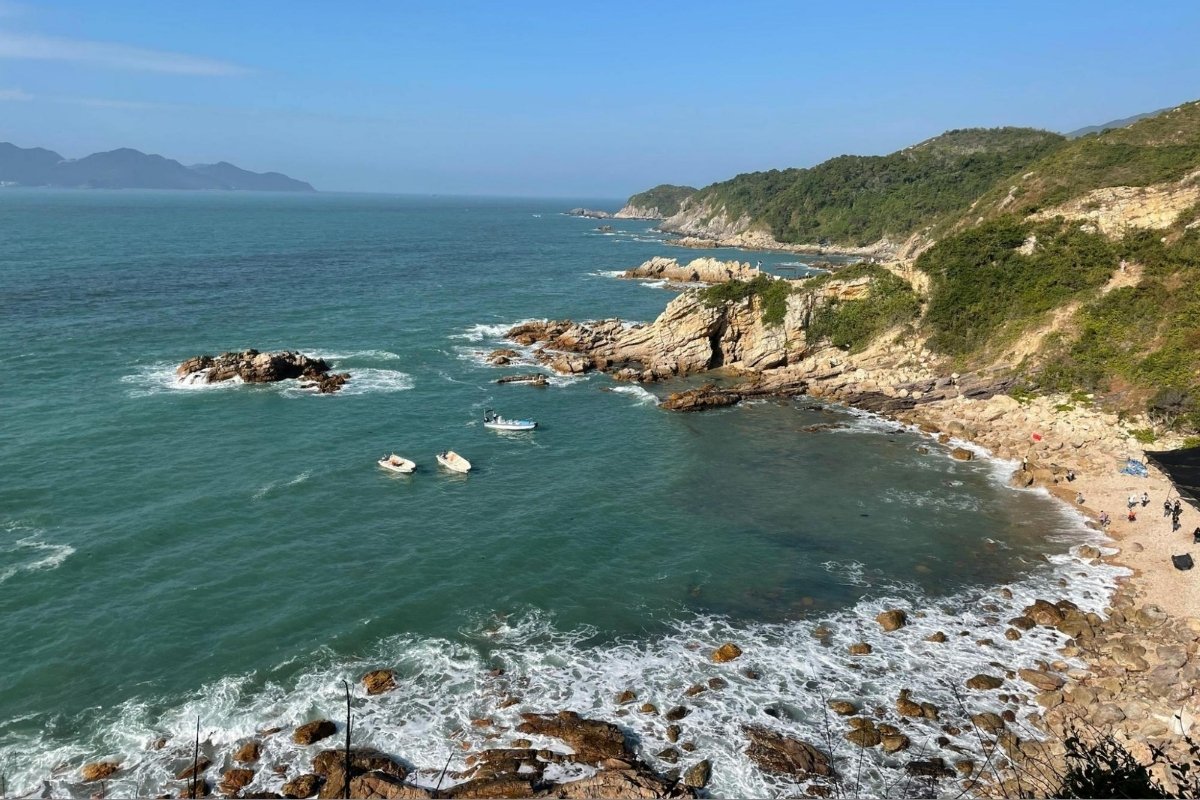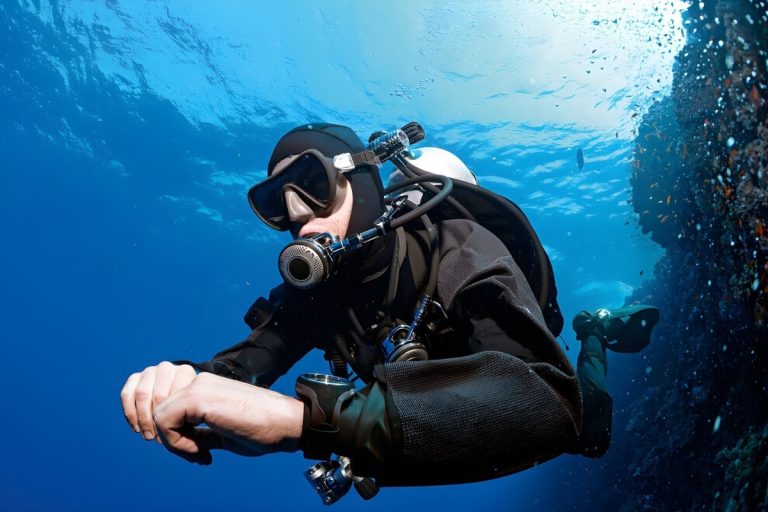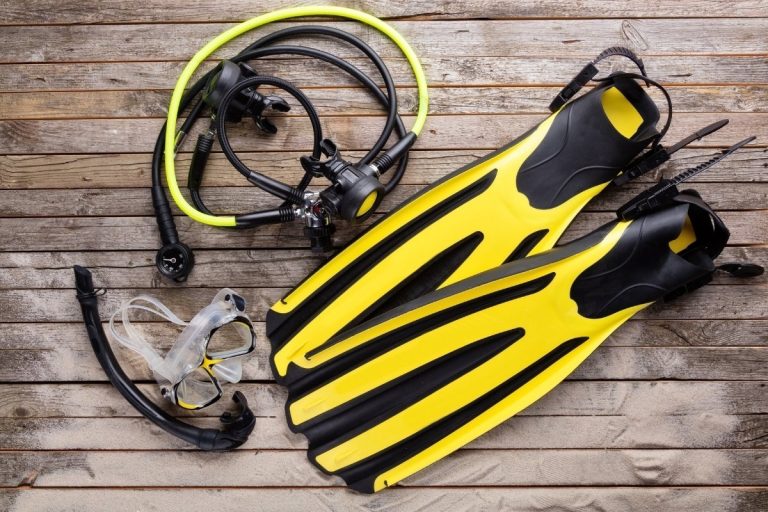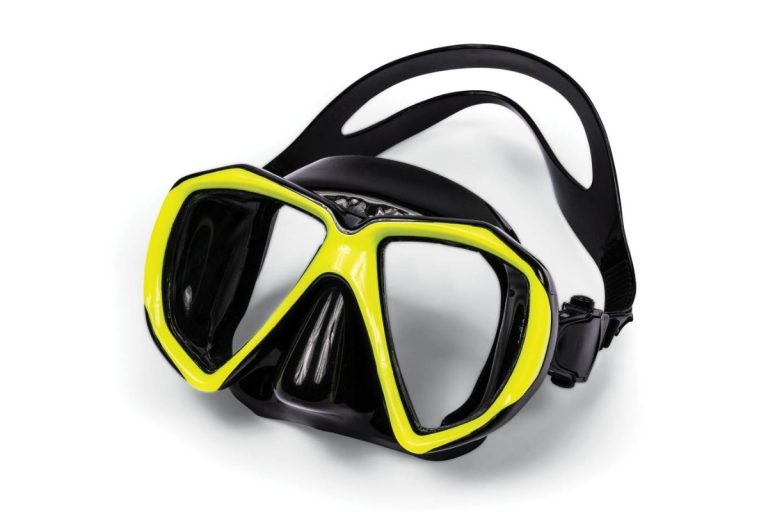- Introduction to Snorkeling in Hong Kong
- Top Snorkeling Locations
- Optimal Snorkeling Conditions
- Safety Precautions for Snorkeling
- Snorkeling Hazards and Incidents
- Preparing for Your Snorkeling Adventure
- Caring for Your Snorkeling Equipment
- Exploring Beyond Snorkeling
- Frequently Asked Questions
- Embracing the Underwater Wonders of Hong Kong
Introduction to Snorkeling in Hong Kong
Hong Kong’s waters offer surprisingly diverse snorkeling opportunities, from protected marine parks to scenic coastal areas around the New Territories. The territory’s unique geography creates numerous sheltered bays and inlets that provide excellent conditions for underwater exploration, particularly during the warmer months when visibility improves and marine life becomes more active.
The subtropical climate means water temperatures remain comfortable for extended periods, while the varied underwater terrain supports both coral formations and diverse fish populations. Many locations feature calm, shallow waters perfect for beginners, while more experienced snorkelers can venture to areas with stronger currents and deeper sections.
Local marine parks and designated swimming areas often provide the safest and most rewarding experiences, with established access points and some level of oversight. Understanding the specific characteristics of each location, including tide patterns, access methods, and potential hazards, becomes essential for planning successful and safe snorkeling adventures in Hong Kong’s coastal waters.
Top Snorkeling Locations
Hong Kong’s coastline features numerous spots that rank among the best snorkeling spots for both beginners and experienced underwater enthusiasts. Each location offers unique characteristics in terms of marine life, water conditions, and accessibility, making it important to choose sites that match your skill level and comfort in the water.
The territory’s marine parks and protected areas generally provide the most consistent conditions and diverse underwater ecosystems. These locations benefit from conservation efforts that help maintain water quality and protect marine habitats, resulting in better visibility and more abundant sea life for snorkelers to observe.
Sharp Island: Coral Colonies and Calm Waters
Sharp Island stands out for its remarkable coral formations and consistently calm conditions that make it ideal for snorkeling throughout much of the year. The island’s protected position creates natural shelters from stronger currents and waves, allowing snorkelers to spend extended time observing the underwater landscape without fighting challenging conditions.
The coral colonies here support diverse fish populations, including colorful reef species that thrive in the relatively shallow waters near the shoreline. Access requires a short boat ride, but the journey rewards visitors with some of the clearest waters and most vibrant marine ecosystems in Hong Kong’s waters.
Sai Kung Peninsula: Scenic Waters and Guided Experiences
The Sai Kung Peninsula offers multiple snorkeling sites with varying difficulty levels, from beginner-friendly shallow areas to more challenging locations for experienced snorkelers. Many local operators provide guided experiences that include equipment rental and safety briefings, making this area particularly accessible for visitors unfamiliar with local conditions.
The peninsula’s diverse coastline creates different underwater environments, from sandy bottoms with scattered coral patches to rocky areas where marine life congregates. The scenic above-water views complement the underwater attractions, creating a complete coastal experience that extends beyond just snorkeling activities.
Silver Mine Bay Beach: Lifeguard Assistance
Silver Mine Bay Beach provides the added security of lifeguard services during designated hours, making it particularly suitable for families and less experienced snorkelers. The beach’s facilities include changing areas and equipment rental options, reducing the logistical challenges of planning a snorkeling trip.
The underwater terrain features gentle slopes and moderate depths that allow snorkelers to gradually venture into deeper water as their confidence builds. The presence of lifeguards also means immediate assistance is available in case of emergencies, though proper preparation and safety awareness remain essential.
Hoi Ha Marine Park: Pristine Waters
Hoi Ha Marine Park represents one of Hong Kong’s premier snorkeling destinations, with protected status that helps maintain exceptional water quality and marine biodiversity. The park’s designation means fishing and other potentially disruptive activities are restricted, creating an environment where marine life can flourish.
The pristine conditions result in excellent visibility that often extends several meters underwater, allowing snorkelers to observe marine life and underwater formations with remarkable clarity. The park’s educational programs also provide valuable information about local marine ecosystems and conservation efforts.
Optimal Snorkeling Conditions
Understanding when and how environmental factors affect snorkeling conditions helps ensure the best possible underwater experiences while maintaining safety standards. Hong Kong’s subtropical climate and tidal patterns create distinct seasonal variations that significantly impact visibility, water temperature, and overall comfort levels.
Weather patterns, particularly during typhoon season, can dramatically alter water conditions within short timeframes. Monitoring forecasts and understanding how different weather systems affect local waters becomes crucial for planning successful snorkeling trips and avoiding potentially dangerous conditions.
Best Time of Year for Snorkeling
Summer months typically provide the most favorable snorkeling conditions in Hong Kong, with water temperatures reaching comfortable levels and generally calmer seas. The period from May through September offers the warmest water and longest daylight hours, though this coincides with the typhoon season that can create sudden weather changes.
Spring and early autumn can also provide excellent conditions, often with fewer crowds and more stable weather patterns. Winter months present challenges with cooler water temperatures that may require thicker wetsuits, though some hardy snorkelers continue activities year-round with appropriate thermal protection.
Impact of Tides on Snorkeling
Tidal movements significantly affect water clarity, current strength, and access to certain snorkeling areas around Hong Kong. High tides generally provide better access to shallow reef areas and can improve water circulation that enhances visibility, while low tides may expose normally submerged obstacles or create stronger currents in narrow channels.
Understanding local tide tables helps plan entries and exits from the water, particularly at locations where tidal changes affect water depth or create challenging conditions. Some spots become inaccessible or dangerous during extreme low tides, while others may experience uncomfortably strong currents during tidal changes.
Water Temperature Considerations
Hong Kong’s water temperatures vary significantly throughout the year, ranging from comfortable swimming conditions in summer to levels that require thermal protection during winter months. Surface temperatures can reach 28-30°C during peak summer, providing comfortable conditions for extended snorkeling sessions without wetsuits.
Winter temperatures may drop to 15-18°C, making thermal protection essential for safety and comfort. Many snorkelers find spring and autumn offer ideal compromise conditions, with moderate temperatures that remain comfortable while avoiding the extreme heat and potential weather instability of peak summer months.
Safety Precautions for Snorkeling
Water safety requires constant attention to changing conditions and adherence to essential safety recommendations that can prevent accidents and ensure enjoyable experiences. Recent incidents in Hong Kong’s waters highlight the importance of proper preparation, appropriate equipment, and conservative decision-making when conditions become questionable.
Personal safety equipment and emergency procedures should be reviewed before every snorkeling session, regardless of experience level or familiarity with specific locations. Even experienced snorkelers can encounter unexpected situations that require quick thinking and proper safety protocols to resolve safely.
Choosing Safe Locations
Protected bays and designated swimming areas generally provide the safest snorkeling conditions, with calmer waters and established access points that reduce risks associated with difficult entries or exits. Avoiding areas with heavy boat traffic, strong currents, or known hazards helps minimize potential dangers that could turn recreational activities into emergency situations.
Beach locations with lifeguard services offer additional safety backup, though snorkelers should never rely entirely on external assistance and must maintain personal responsibility for their safety decisions. Researching local conditions and consulting with experienced local snorkelers can provide valuable insights about specific location hazards.
Avoiding Night Snorkeling
Night snorkeling presents significantly increased risks due to reduced visibility, difficulty in navigation, and challenges in emergency response if problems develop. Even experienced snorkelers face greater dangers in darkness, when disorientation and equipment problems become much more serious concerns.
The reduced ability to see potential hazards, changing weather conditions, or other water users makes night activities particularly risky. Emergency responders also face greater challenges in locating and assisting people in darkness, potentially delaying critical help when needed most.
Monitoring Tide and Current Conditions
Current strength and direction can change rapidly with tidal movements, creating situations where snorkelers may find themselves unable to return to their entry point or struggling against unexpected water movement. Checking tide tables and current predictions helps identify periods when conditions will be most favorable for safe snorkeling.
Understanding how local geography affects water movement helps predict where currents may be strongest and when conditions might become challenging. Some locations experience dramatic current changes during tidal transitions, making timing crucial for safe water entry and exit.
Using Flotation Devices
Flotation devices provide crucial safety backup when snorkelers become tired, experience equipment problems, or encounter unexpected conditions that exceed their swimming abilities. Modern snorkeling vests and inflatable devices offer minimal interference with movement while providing essential safety support when needed.
Even strong swimmers benefit from flotation backup, particularly when snorkeling in unfamiliar locations or during extended sessions that may lead to fatigue. The psychological comfort of knowing flotation is available can also help snorkelers relax and enjoy their underwater experiences more fully.
The Buddy System
Snorkeling with a partner provides immediate assistance if problems develop and creates accountability for safety decisions that might be compromised when snorkeling alone. The buddy system allows for shared monitoring of conditions, equipment status, and individual comfort levels throughout snorkeling sessions.
Partners can assist with equipment adjustments, provide navigation help, and offer immediate response to medical emergencies or equipment failures. Communication systems and emergency procedures should be established before entering the water, ensuring both partners understand their roles and responsibilities.
Snorkeling Hazards and Incidents
Understanding the types of accidents that occur in Hong Kong’s waters helps snorkelers recognize and avoid similar situations that could lead to serious injuries or fatalities. Recent incident patterns provide valuable insights into common risk factors and the importance of conservative safety practices.
Environmental hazards, equipment failures, and human factors all contribute to snorkeling accidents, often in combination rather than as isolated causes. Recognizing how multiple risk factors can compound to create dangerous situations helps snorkelers make better safety decisions.
Recent Fatal Incidents in Hong Kong
A 54-year-old man died while snorkeling at night in Sai Kung, highlighting the extreme risks associated with after-dark water activities. The incident underscores how reduced visibility and limited emergency response capabilities make night snorkeling particularly dangerous, even for experienced individuals.
Another fatality involved a 55-year-old diver found dead after solo diving in Tai Po, demonstrating the risks of water activities without proper buddy system support. These incidents emphasize how even minor problems can become fatal when snorkelers lack immediate assistance or find themselves in situations beyond their capabilities.
Statistics on Water-Related Accidents
Water-related accidents in Hong Kong decreased from 55 cases in 2021 to 29 cases in 2023, with fatalities dropping from 15 to 12 during the same period. However, the first half of 2024 recorded four cases with two fatalities, indicating that serious risks remain despite overall improvement trends.
These statistics demonstrate that while safety awareness and prevention efforts show positive results, water activities continue to present significant risks that require constant vigilance and proper safety practices. The relatively high fatality rate among reported incidents emphasizes the serious nature of water-related emergencies.
Common Hazards to Look Out For
Strong currents can quickly carry snorkelers away from safe areas, particularly during tidal changes or in narrow channels where water movement concentrates. Boat traffic presents collision risks, especially in popular recreational areas where snorkelers may not be easily visible to vessel operators.
Marine life hazards include jellyfish stings, sea urchin injuries, and encounters with territorial fish species that may become aggressive if approached too closely. Environmental hazards such as sharp coral, submerged rocks, and entanglement risks from fishing lines or marine debris also pose ongoing threats to snorkeler safety.
Preparing for Your Snorkeling Adventure
Proper preparation extends beyond simply gathering equipment to include physical conditioning, skill development, and thorough planning for specific locations and conditions. Adequate preparation significantly reduces risks while enhancing the overall quality of snorkeling experiences.
Equipment selection, maintenance, and familiarity with gear operation should be addressed well before entering the water. Last-minute equipment issues or unfamiliarity with gear can create safety problems and reduce enjoyment of snorkeling activities.
Essential Gear for Snorkeling
Basic snorkeling equipment includes a properly fitting mask, snorkel, and fins that allow comfortable and efficient movement through the water. Quality equipment that fits well and functions reliably makes a significant difference in both safety and enjoyment levels during snorkeling sessions.
Additional safety equipment should include flotation devices, signaling equipment such as whistles or signaling tubes, and sun protection for extended surface intervals. A mesh bag for carrying small items and emergency supplies can also prove valuable during longer snorkeling adventures.
Choosing the Right Snorkel Mask
Mask selection requires careful attention to fit, comfort, and optical quality to ensure clear vision and prevent water leakage that can create safety hazards. The top snorkel masks for wide field of view provide enhanced peripheral vision that improves situational awareness and safety in the water.
Proper mask fit involves checking that the mask seals completely around the face without excessive pressure that could cause discomfort during extended use. Tempered glass lenses offer superior optical clarity and safety compared to plastic alternatives, while adjustable straps allow fine-tuning of fit and comfort.
Breath-Hold Training Exercises
Developing breath-holding capacity and comfort with underwater activities enhances both safety and enjoyment during snorkeling. Breath-hold training exercises help build confidence and physical conditioning that allows snorkelers to stay underwater longer and handle unexpected situations more effectively.
Training should progress gradually from basic breathing exercises to more advanced techniques that improve oxygen efficiency and carbon dioxide tolerance. Proper training also includes safety protocols and recognition of warning signs that indicate when to surface immediately.
Caring for Your Snorkeling Equipment
Proper equipment maintenance extends gear life while ensuring reliable performance when safety depends on equipment function. Saltwater exposure, sand, and UV radiation can quickly degrade snorkeling equipment without appropriate care and storage practices.
Regular inspection and maintenance routines help identify potential problems before they become safety hazards or cause equipment failures during critical moments. Understanding how to properly clean, store, and maintain different types of snorkeling equipment ensures reliable performance over many years of use.
Maintaining Silicone Masks
Silicone masks require specific care procedures to maintain flexibility and prevent degradation that can cause leaks or structural failures. Learning how to care for silicone and tempered-glass masks involves understanding proper cleaning agents, storage conditions, and inspection procedures that identify wear before it becomes problematic.
Regular cleaning with appropriate solutions removes salt deposits, organic growth, and other contaminants that can affect mask performance and hygiene. Proper storage away from direct sunlight and extreme temperatures helps prevent silicone degradation that can cause mask failure.
Storage Tips for Snorkeling Gear
Proper storage prevents damage from UV exposure, temperature extremes, and physical stress that can compromise equipment integrity. Gear should be thoroughly cleaned and completely dried before storage to prevent mold, corrosion, and material degradation.
Storage containers should provide protection from physical damage while allowing air circulation that prevents moisture buildup. Avoiding compression or bending of flexible components helps maintain proper shape and function over extended storage periods.
Exploring Beyond Snorkeling
Hong Kong’s coastal waters offer numerous additional activities that complement snorkeling experiences and provide alternative ways to enjoy the marine environment. Understanding the broader range of water-based recreational opportunities helps plan more comprehensive coastal adventures.
Conservation awareness and environmental protection efforts play crucial roles in maintaining the quality of Hong Kong’s marine environments for future generations. Participating in or supporting these efforts helps ensure continued access to high-quality snorkeling locations.
Other Water Activities in Hong Kong
Kayaking and stand-up paddleboarding provide excellent ways to access remote snorkeling locations while enjoying surface-level exploration of Hong Kong’s coastline. These activities can be combined with snorkeling to create full-day adventures that showcase both above and below-water attractions.
Swimming, beach activities, and coastal hiking offer land-based alternatives when water conditions become unsuitable for snorkeling. Many locations provide multiple activity options that allow flexible adaptation to changing weather and water conditions.
Environmental Conservation Efforts
Marine park designations and conservation programs help protect the underwater ecosystems that make snorkeling rewarding while ensuring sustainable use of marine resources. Supporting these efforts through responsible snorkeling practices and participation in conservation activities helps maintain water quality and marine biodiversity.
Educational programs and citizen science initiatives provide opportunities for snorkelers to contribute to marine research and conservation while learning more about local ecosystems. Understanding and following sustainable practices helps minimize human impact on fragile marine environments.
Frequently Asked Questions
What are the best snorkeling spots in Hong Kong?
The best snorkeling spots in Hong Kong include Sharp Island, Sai Kung Peninsula, Silver Mine Bay Beach, and Hoi Ha Marine Park, each offering unique underwater experiences and varying accessibility.
What time of year is best for snorkeling in Hong Kong?
The best time for snorkeling in Hong Kong is during the summer months from May to September, when water temperatures are warmest and conditions are typically calmer.
What safety precautions should I take while snorkeling?
Essential safety precautions for snorkeling include monitoring tide and current conditions, using flotation devices, snorkeling with a buddy, and avoiding night snorkeling.
What should I bring for a snorkeling trip?
Bring essential snorkeling gear such as a mask, snorkel, fins, flotation devices, signaling equipment, and sun protection. Proper maintenance of equipment is also important.
How can I contribute to marine conservation while snorkeling?
You can contribute to marine conservation by participating in educational programs, supporting conservation initiatives, and practicing responsible snorkeling to minimize human impact on marine environments.
Embracing the Underwater Wonders of Hong Kong
Exploring the rich underwater landscapes of Hong Kong offers not only thrilling experiences but also a deeper appreciation for marine ecosystems. By selecting the right locations, adhering to safety practices, and engaging in conservation efforts, snorkelers can enjoy safe adventures while contributing to the preservation of these vibrant environments.






